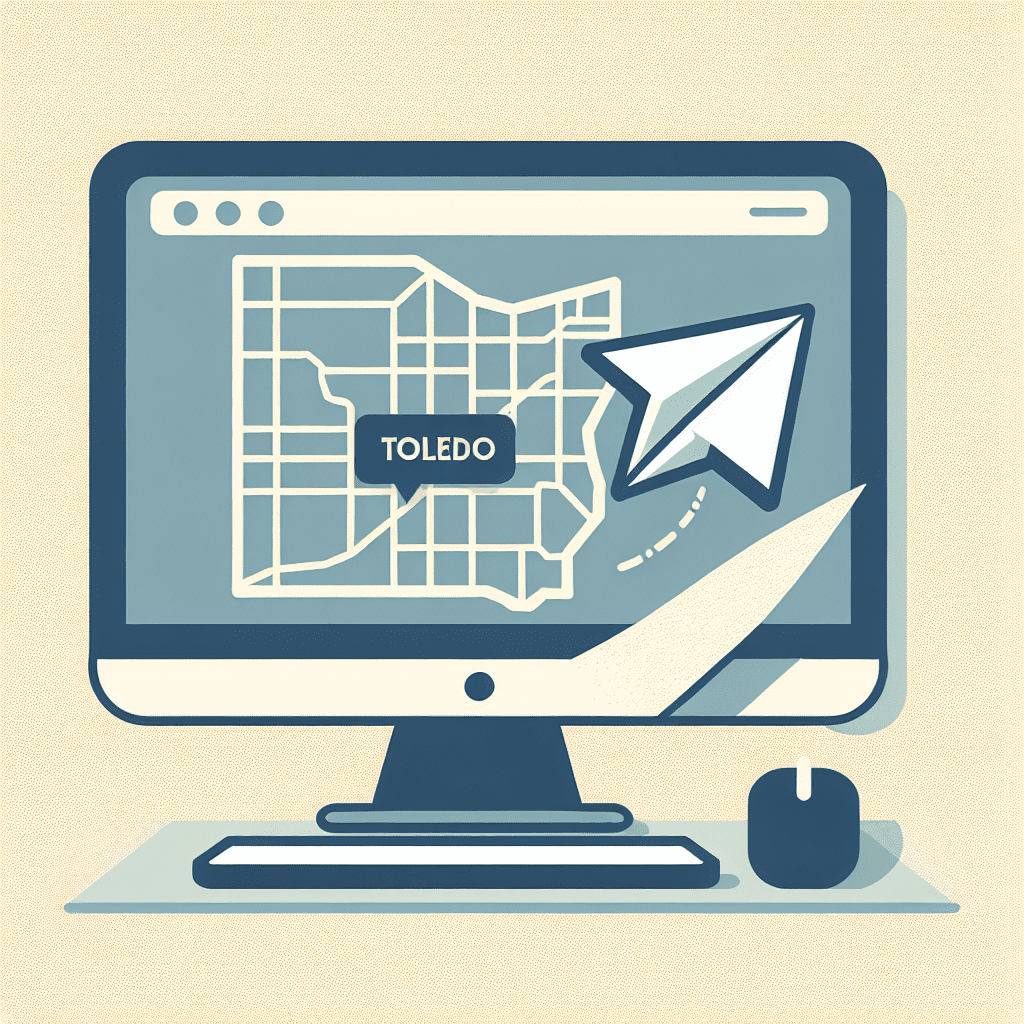Let’s be honest. When people think “digital marketing hotbed,” Toledo, Ohio probably isn’t the first place that jumps to mind. But here’s the thing: if you’re running a business in Toledo, your customer base isn’t in New York or LA. It’s right there, a few blocks over, probably Googling something like “best tacos near me” or “roof repair Toledo.” So yes, traffic matters; but targeted traffic? That’s the real prize.
And getting it means thinking local. Not just “mention the city in a blog post” local, but actually understanding how Toledoans search, scroll, and spend.
Let’s start with what Google sees first.
1. Speak Toledo’s Language (Yes, Literally)
Search engines are nosy little things. They want to know exactly who you are, where you are, and whether you’re relevant to the person searching. If your website doesn’t scream “Toledo” in all the right places, you’re probably missing out on a chunk of local search traffic.
That means weaving Toledo-specific keywords into your title tags, meta descriptions, headers, and even your image alt text. Don’t forget your URLs either. A page slug like /toledo-dog-grooming works harder than a generic /services.
Tools like Google Keyword Planner and Ubersuggest can help you spot which local terms people are actually searching for. For example, “plumber Toledo Ohio” isn’t just a phrase; it’s a steady stream of monthly search traffic waiting to be claimed.
2. Google Business Profile: Your Digital Storefront
If your Google Business Profile (formerly Google My Business) is half-finished or neglected, you’re basically waving customers past your door. A polished profile puts you in the “Local Pack”—those top three map results that show up when someone searches for, say, “coffee shop Toledo.”
What helps? Make sure your name, address, and phone number (NAP) are accurate. Add actual photos of your storefront or team. Stock photos scream “we don’t live here.” Post updates regularly, ask for reviews, and respond to them like a human, not a bot.
According to BrightLocal, 87% of consumers used Google to evaluate local businesses in the past year. So no, this isn’t optional.
3. Content That Smells Like Toledo
Google’s Helpful Content Update favors content that feels authentic and useful. And nothing says “we know this town” like content that actually references it.
Write about local events, neighborhoods, or seasonal quirks. Got a customer from Old West End? Tell their story. Hosting an event during the Toledo Jeep Fest? Mention it. Even a blog like “Top 10 Things to Do in Toledo This Winter” can do double duty: boosting SEO while signaling that you’re part of the community, not just selling to it.
Source: Google Helpful Content Update
4. Borrow Some Local Credibility
You don’t have to go viral to get noticed. Sometimes, it’s better to go small and specific.
Toledo has a surprisingly active group of micro-influencers, bloggers, and community organizations. Partner with them. A guest post on a local blog or a co-hosted webinar with the Toledo Regional Chamber of Commerce can put your brand in front of exactly the right people.
You can also look at nonprofits, local podcasts, or even
neighborhood Facebook groups. These aren’t just partnerships; they’re trust transfers. And they count.
5. Ads That Know Where They’re Going
Running ads without geo-targeting is like handing out flyers in the wrong zip code. If you’re spending money on Google Ads or Meta Ads, make sure they’re aimed squarely at Toledo.
Target users within a specific radius. Use ad copy that references local landmarks or events. “Serving Toledo Since 1998” hits harder than “Serving the Midwest.” And test your creative. A photo of the Maumee River might outperform a generic skyline shot.
Also worth exploring: platforms like Nextdoor or Patch. They’re built for hyperlocal engagement, and most businesses still ignore them.
6. Backlinks That Actually Matter
Let’s talk links. Not the ones from random directories or spammy blogs, but real backlinks from trusted local sources.
Getting mentioned in The Blade? That’s gold. Local directories, Toledo-based blogs, or sponsorships for events like the Glass City Marathon can also give you solid SEO lift.
Use tools like Ahrefs or SEMrush to peek at where your competitors are getting their links. If they’re getting love from a local news outlet or chamber website, you probably can too.
7. Know What’s Working, Ditch What’s Not
If you’re not tracking your traffic by location, you’re basically flying blind. Google Analytics 4 and Search Console can show you how Toledo visitors behave on your site—what pages they hit, how long they stay, and whether they actually convert.
Set up UTM parameters for your local campaigns. That way, you’ll know if that Facebook ad targeting Old Orchard is converting better than the one aimed at Perrysburg. And if it’s not? Tweak it. Try again. This part’s not sexy; but it’s what separates guesswork from strategy.
So, why all this fuss about being local?
Because Toledo isn’t just a place on a map. It’s a digital ecosystem with its own search habits, influencers, and quirks. If you treat it like an afterthought, your traffic will reflect that. But if you build your strategy around how people in Toledo actually search, scroll, and click, you’ll start showing up where it counts.
And that’s what traffic’s really about. You’re not just driving visits; you’re connecting with neighbors who are ready to buy.
Welcome to local SEO that actually works.
That’s the view from the ground.
We’ll be back soon with more real-world insights.
Until then, keep building.
– Perfect Sites Blog

